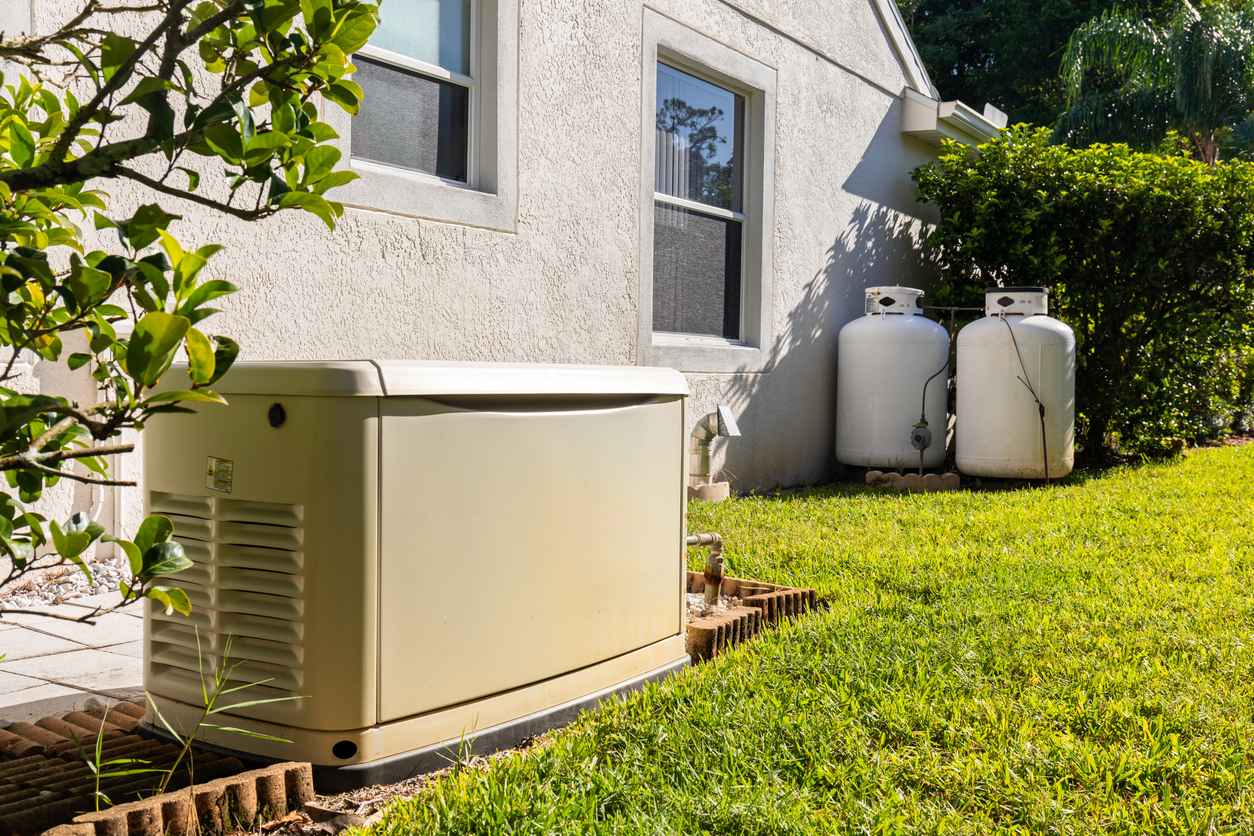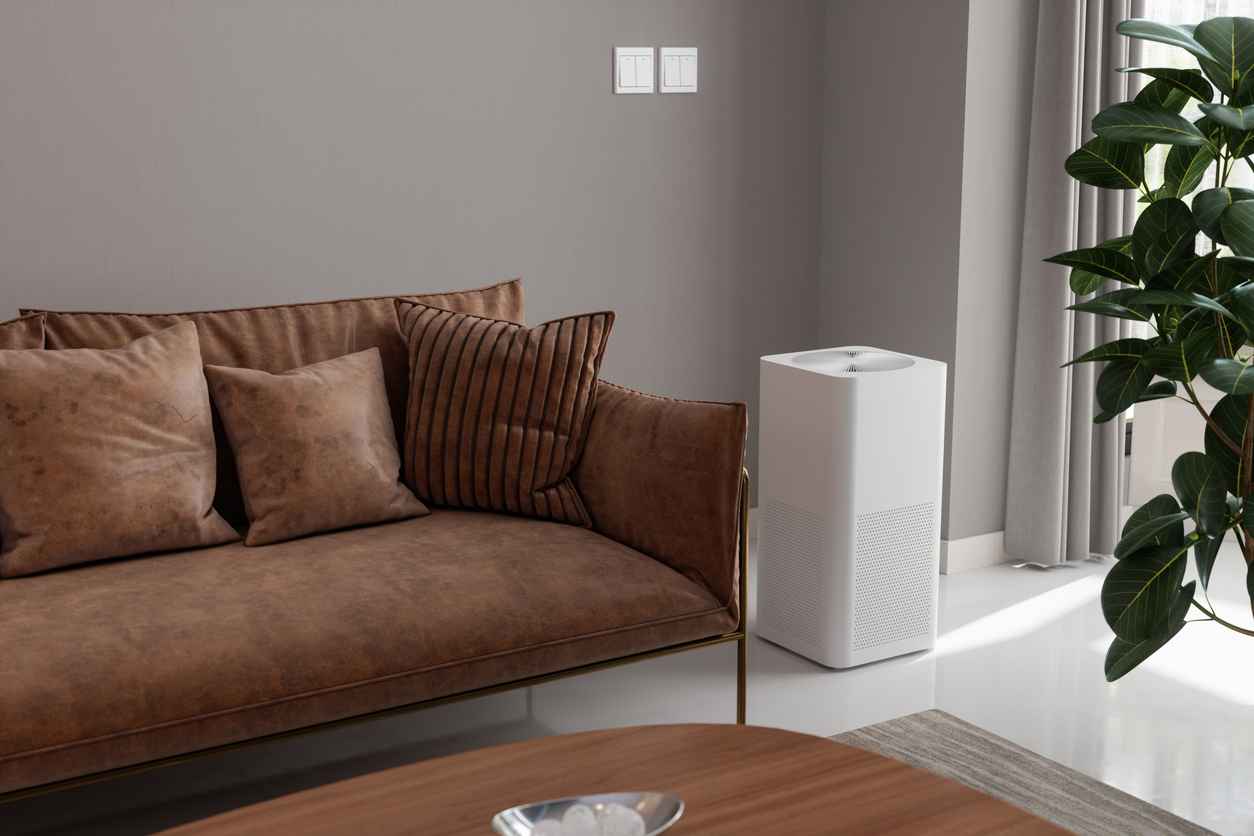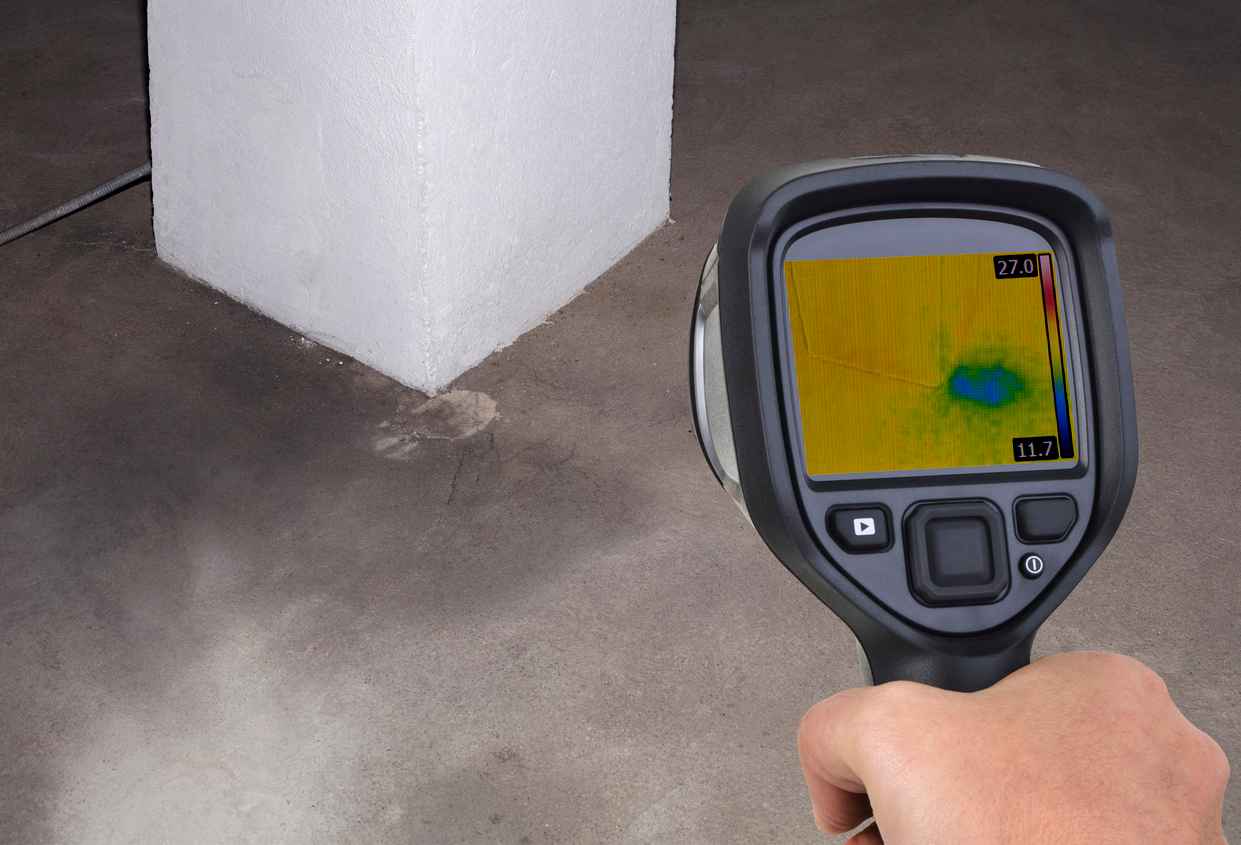4.8 Google Rating
5 Humidifying Houseplants to Combat Dry Indoor Air
Certain species of houseplants can be tremendously helpful in adding a touch of moisture to your indoor air. And this time of year, you need all the water vapor you can get. Dry winter air can compromise your health and your comfort, so consider adding plants to humidify and brighten your space.
When shopping for a houseplant, pay close attention to its transpiration rate. That’s the rate at which it absorbs water through roots and releases moisture through leaves. During a peak period of growth, a leaf can transpire many times its weight in water.
5 Plants That Add Moisture to the Air
- Spider Plant: The green-thumb newbie can start with the spider plant. This is easy-to-care-for-plant features long, narrow leaves that produce spindly offshoots. Trim these “plantlets” and place the clippings into the soil.
- Areca Palm: You won’t likely find a plant that produces as much humidity as the Chrysalidocarpus lutescens. This plant can release as much as 1 quart of water every 24 hours. A mature areca palm stands about six feet tall and features feathery, arching fronds. With proper care, it can live up to 10 years.
- Rubber Plant: Technically a tree, the rubber plant can grow up to 8 feet tall. Be sure to allow the soil to dry completely between waterings. This tropical plant likes it warm, so try not to let your home’s temperature drop below 65°F.
- Peace Lily: Not one for direct sunlight, the peace lily prefers medium to low light. Treat this flowering perennial right and you’ll be rewarded with a high transpiration rate and striking white flowers.
- English Ivy: This one is a climber! The Hedera helix is a vining plant that can stretch across any surface or drape dramatically hanging from a basket. It thrives in medium light. Wait to water until the top inch of soil dries out.
Caution: Some houseplants are toxic for pets. The English ivy, for example, can be poisonous for a cat or dog if consumed. Make sure that whatever plant you bring home is safe for your four-legged friends by checking this list from PETA.
AAA Service Plumbing, Heating & Electric can help you maintain cleaner, healthier air with our comprehensive indoor air quality services. To schedule your appointment, call 303-313-3333 .





